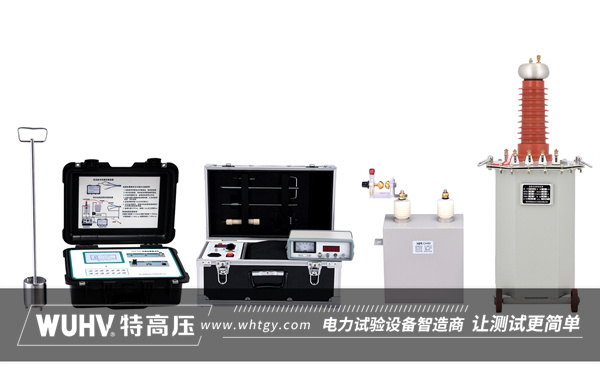The cable fault testerunder Wuhan UHV can help many power workers conduct various power tests more conveniently.

The principle of cable fault testing is mainly based on the transmission and reflection characteristics of electrical signals in cables. The following is a detailed explanation of the principle of cable fault testing:
Principle of echo testing:
The cable fault tester generates a pulse wave internally, which is applied to the cable.
When the pulse wave encounters a point where the characteristic impedance of the cable changes (such as a fault point), an echo signal will be generated.
The tester collects and displays the transmitted wave and echo signals at the testing end of the cable.
Calculate the distance (S) between the fault point and the test end based on the time difference (T) between these two waves, using the formula: S=VT/2, where V represents the propagation speed of the electric wave in the cable.
Principle of high-voltage flashover test:
Suitable for high resistance faults in cables.
Using external devices to apply high voltage to cables, when the faulty cable cannot withstand the applied high voltage, a breakdown arc will occur at the fault point.
The breakdown arc generates an echo, and the tester records the entire breakdown process at the testing end.
Calculate the distance between the breakdown point and the testing end by analyzing the breakdown process.
Principles of Electromagnetic Induction and Sound Sensing:
When there is a fault in the cable, the fault point will change the transmission characteristics of the electrical signal, thereby affecting the transmission quality of the signal.
The tester sends electrical signals into the cable and receives signals reflected back from the fault point.
By analyzing and processing these signals, the location and nature of the fault can be determined.
Radar ranging principle:
The tester emits a pulse signal on the tested cable.
When a signal encounters impedance mismatch, it will generate a reflected wave.
The incident waveform and reflected waveform will appear on the screen of the tester host. They will be placed on the inflection point using an electronic vernier caliper, and the distance from the fault point to the testing end will be calculated according to the testing principle formula (S=VT/2).
In summary, the principle of cable fault testing mainly relies on the transmission and reflection characteristics of electrical signals in cables, combined with different testing methods and technologies, to achieve accurate detection and localization of cable fault points.



















